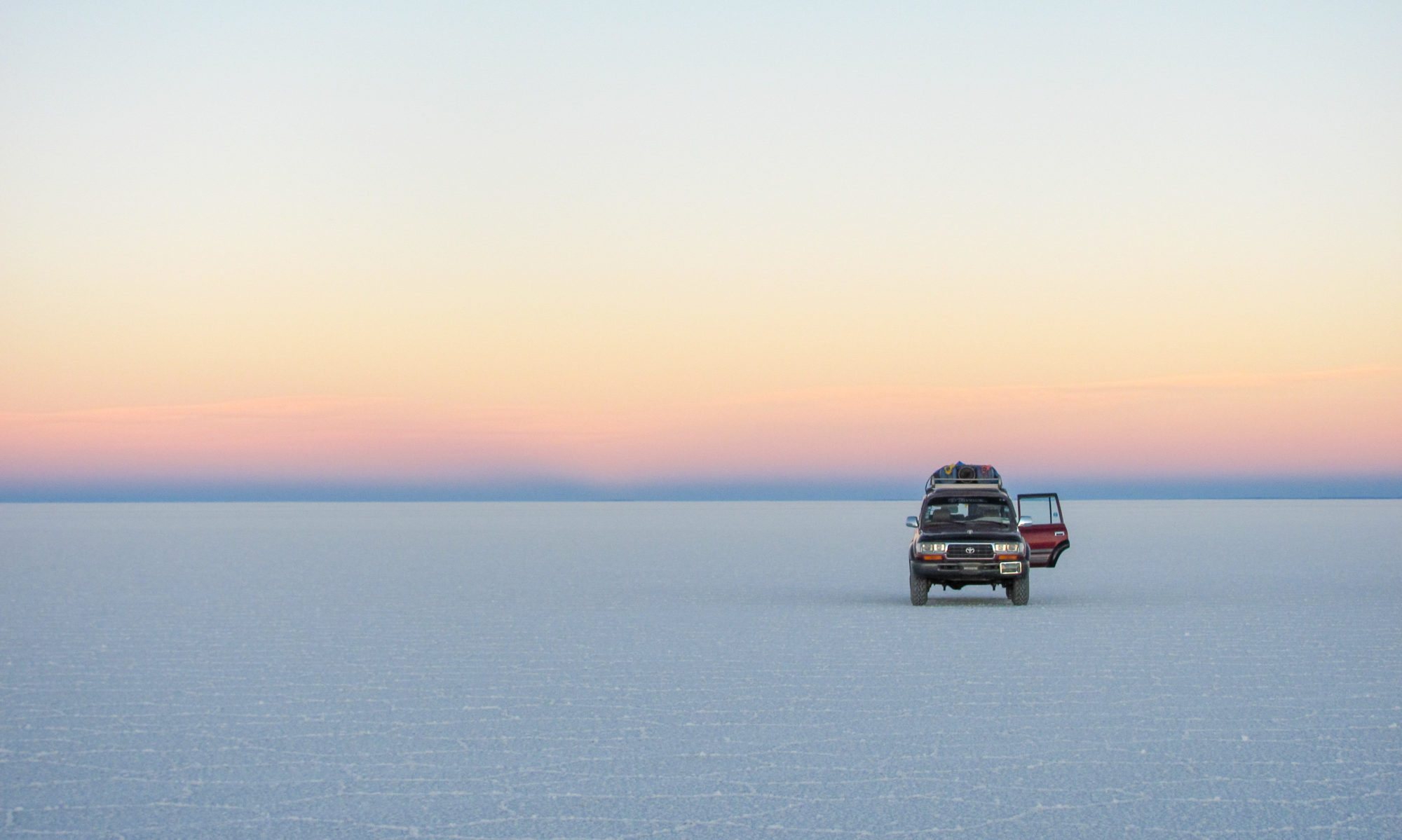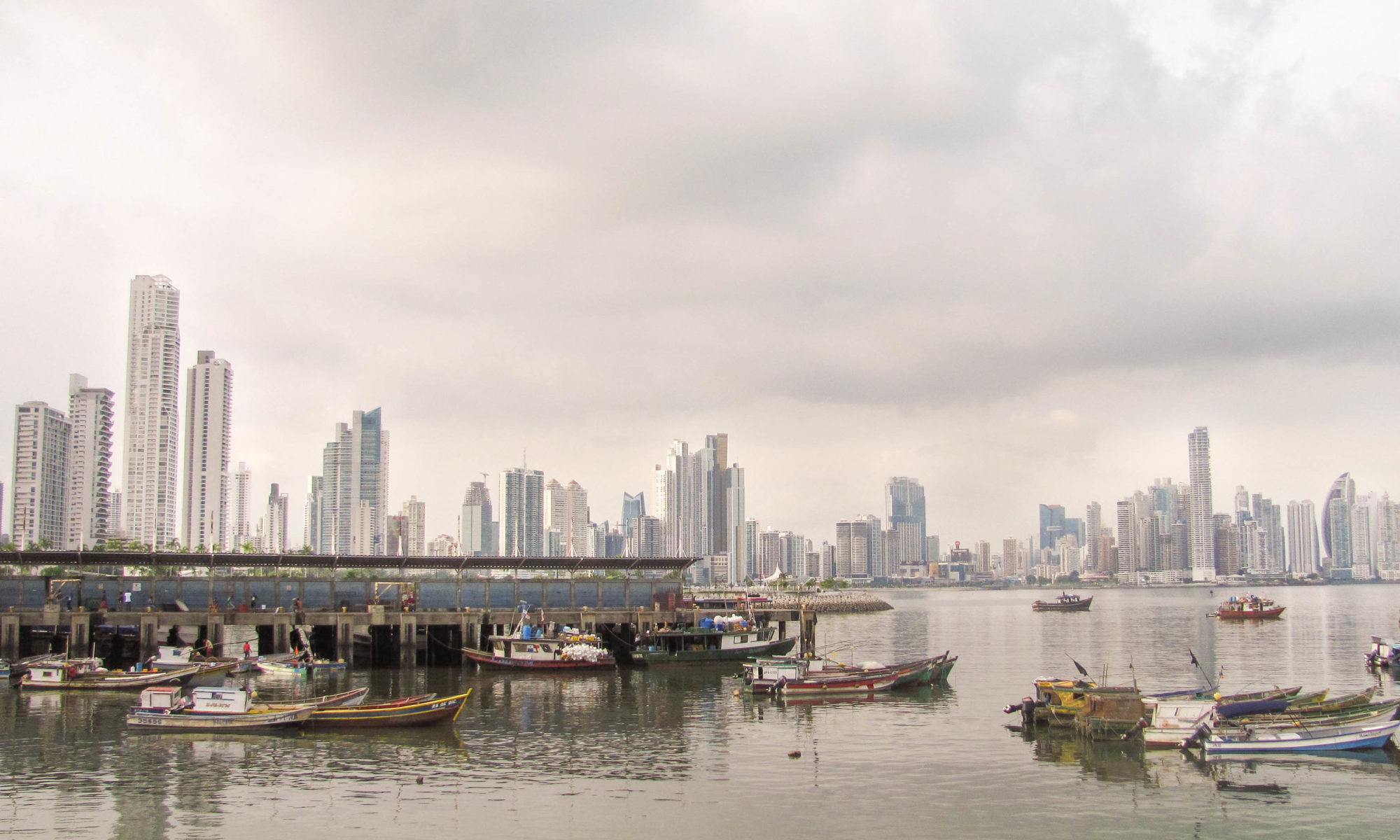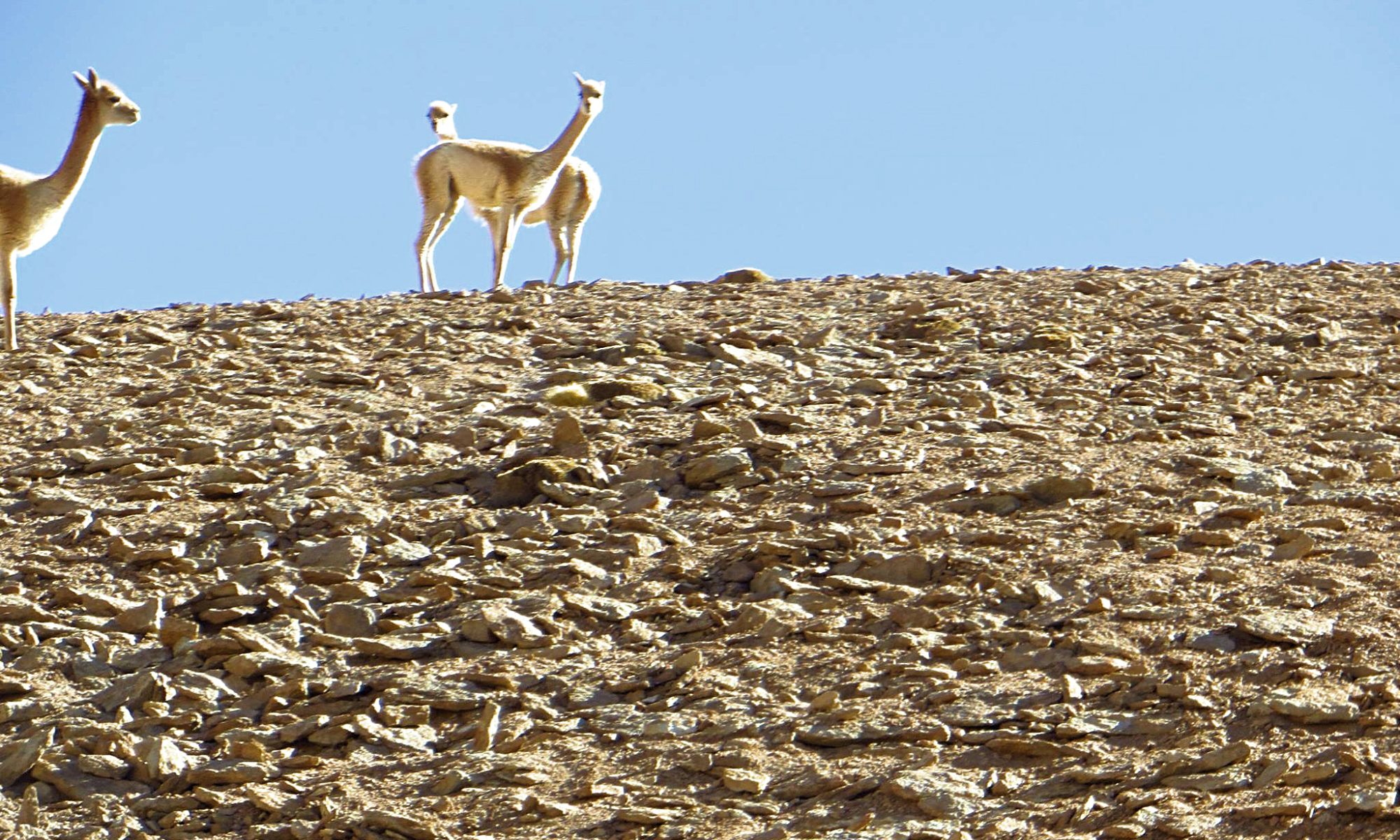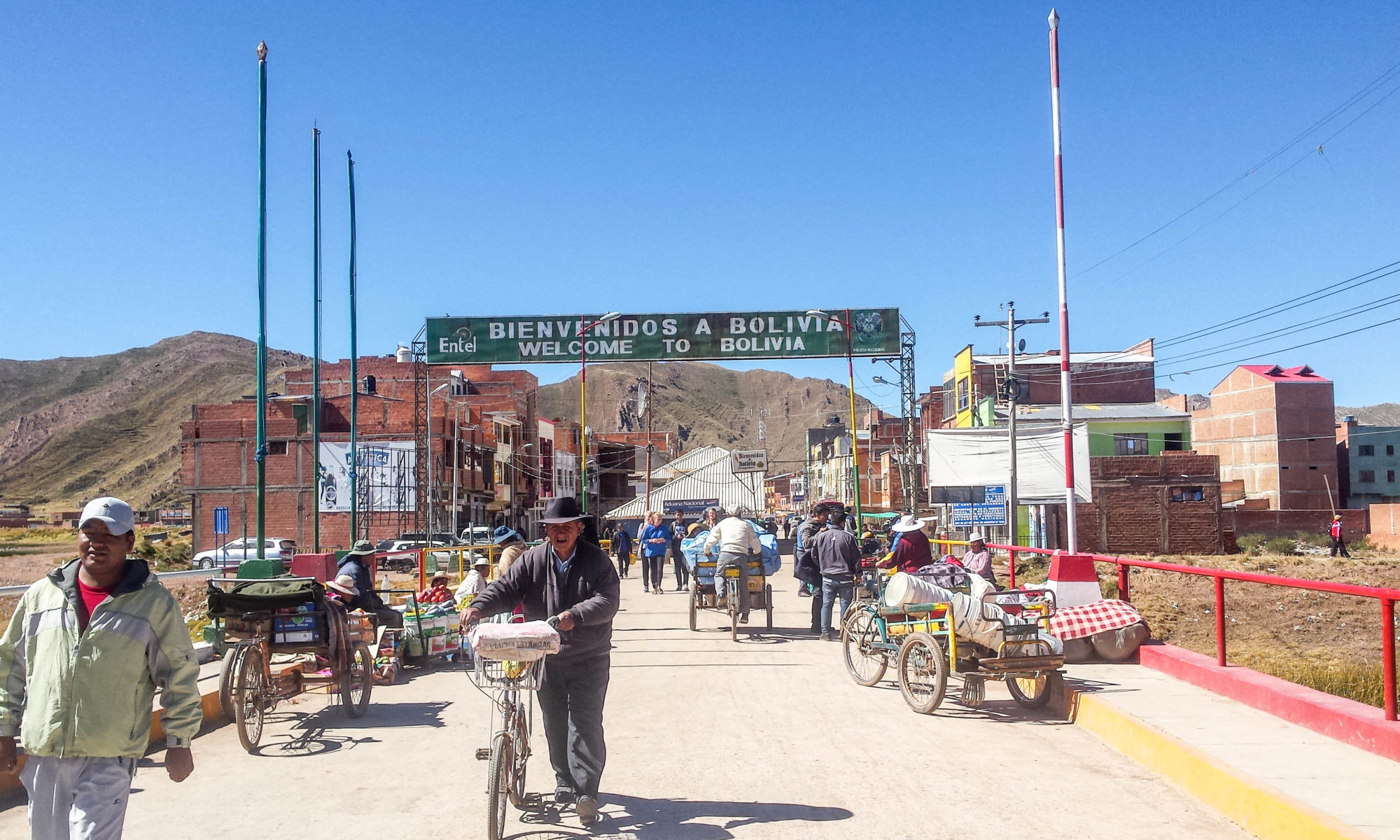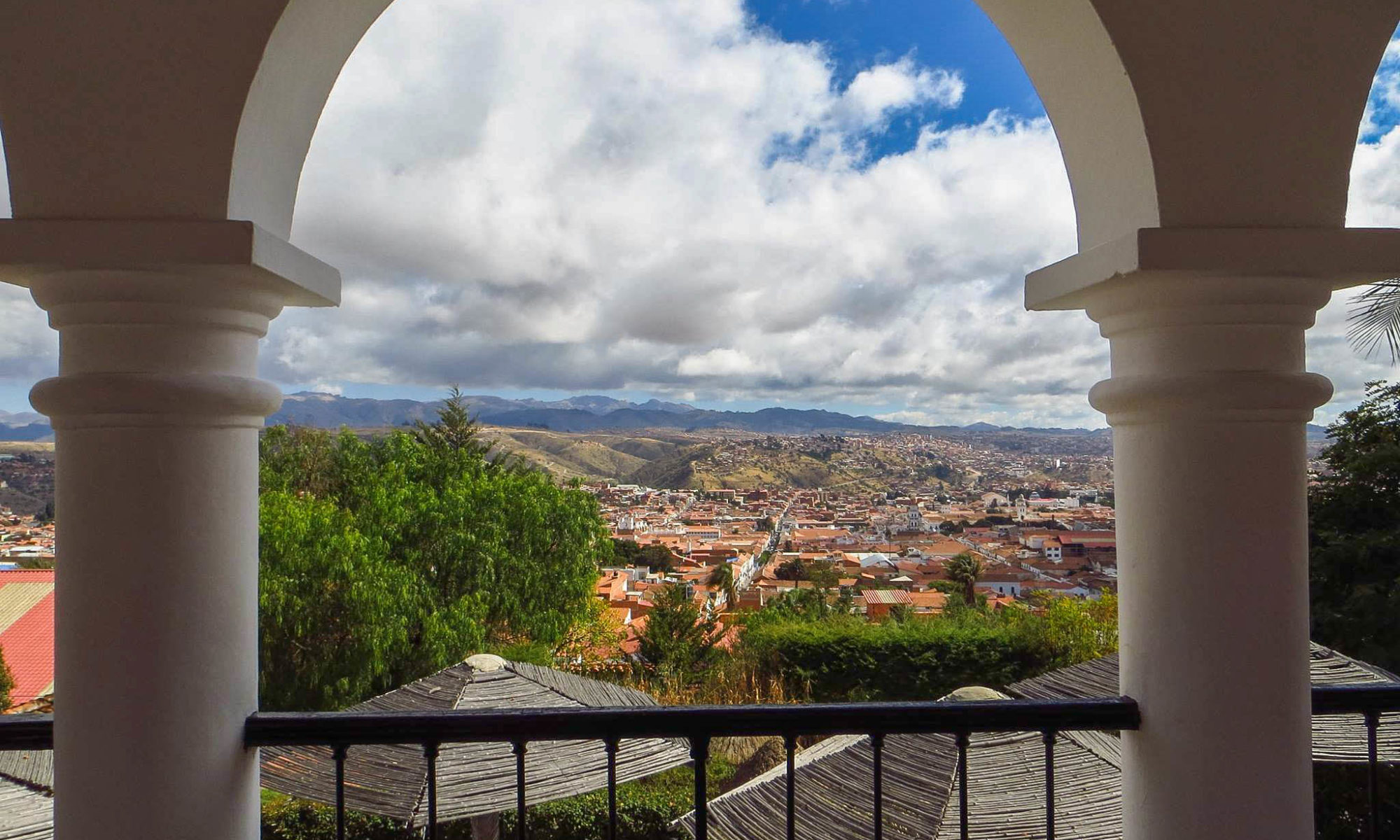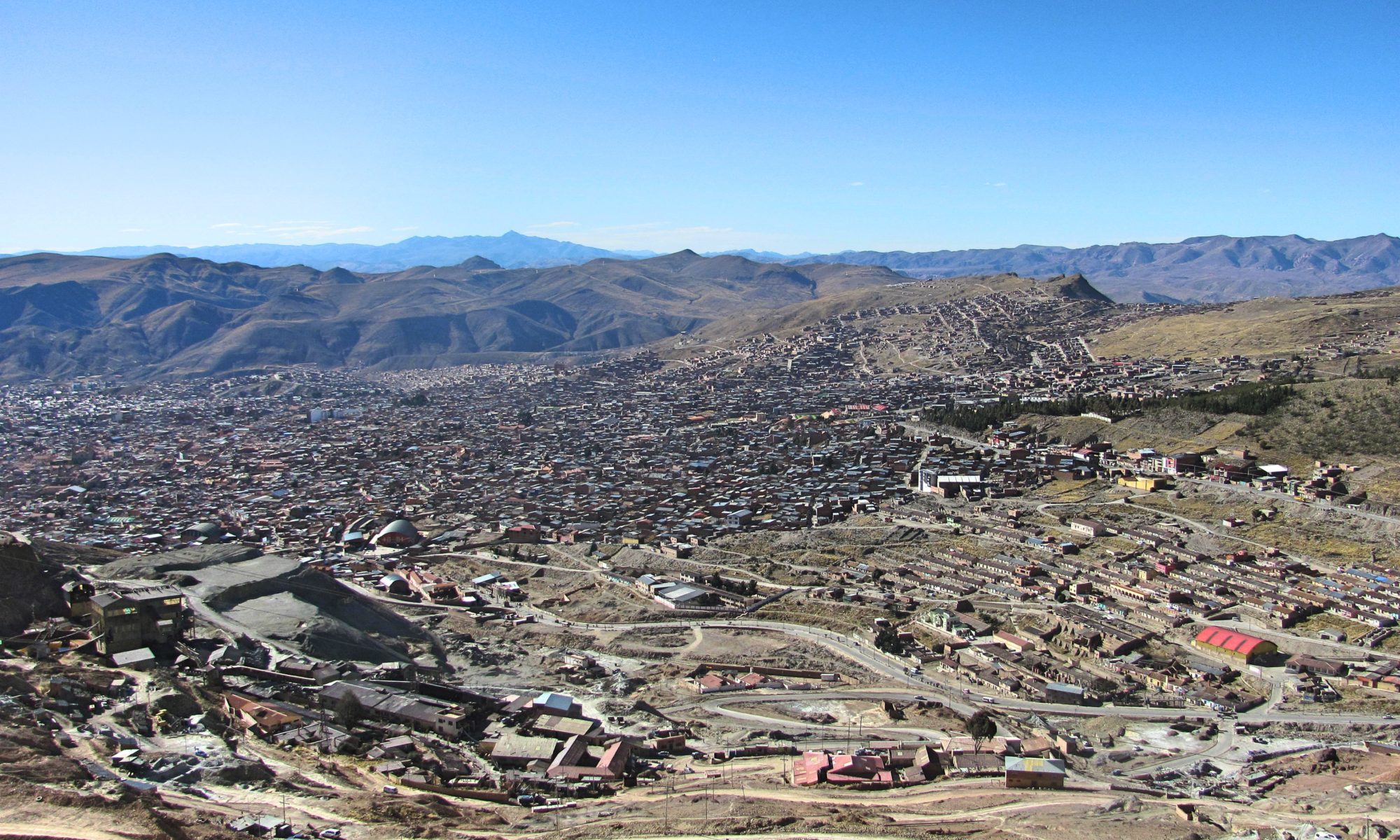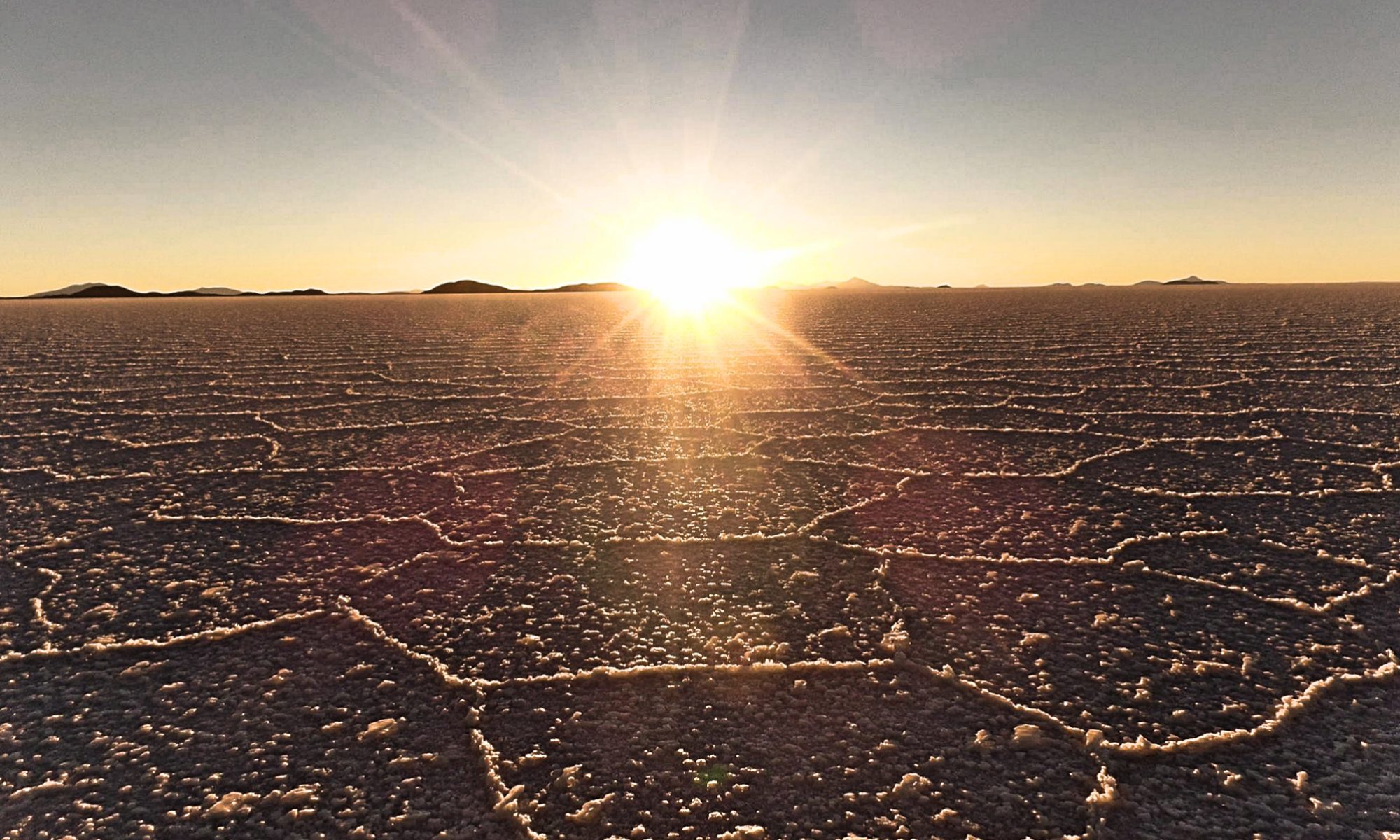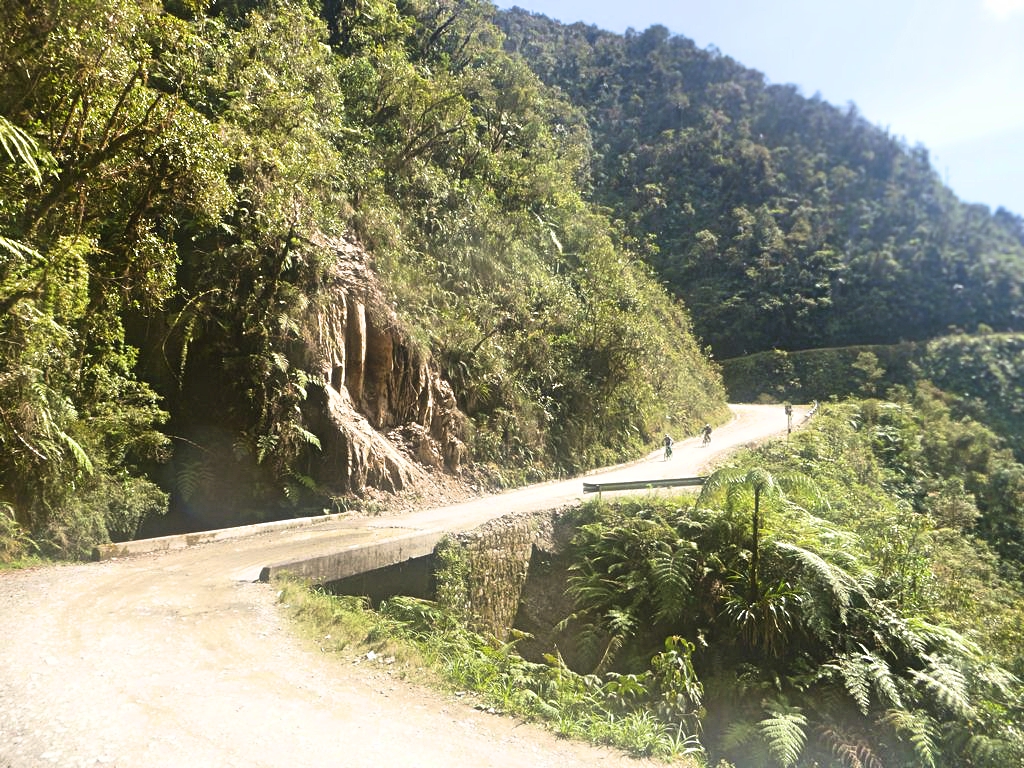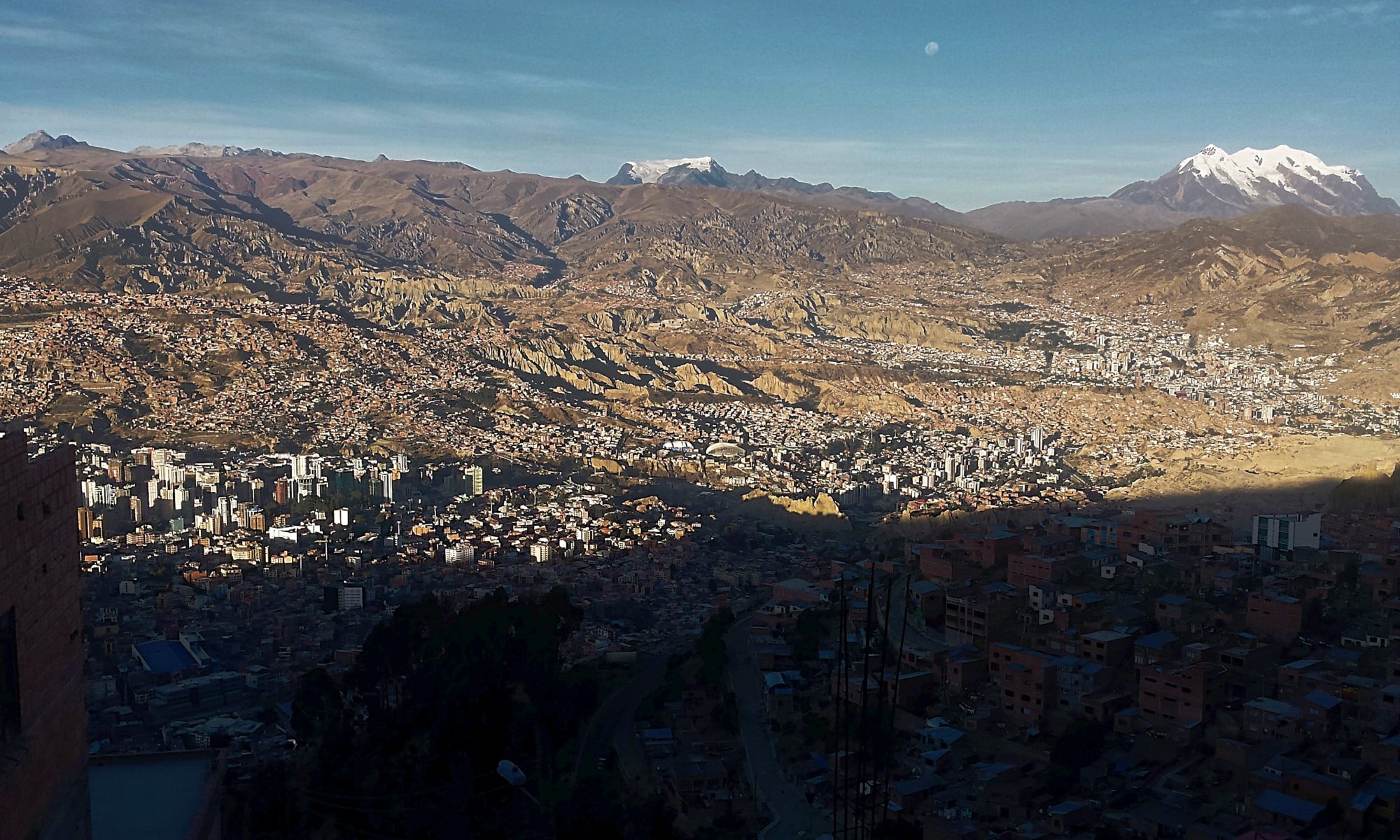Panama lies at the heart of the Carribean, but its capital Panama City oozes everything but Carribean vibes. High skyscrapers are lined along a beach-less coast. Panama City is definitely not the most interesting place to visit. But with it being the gateway to Panama, a visit is hard to avoid when you have set your mind to exploring the country. Better read this guide to ensure you’ll make the most out of it!
Bolivia in 2 weeks: the ultimate itinerary
Bolivia deserves a good itinerary for itself! Many people that visit Bolivia combine it with a visit to Peru (me included). But when that’s not an option, the latter rarely wins the battle. Not rightfully so! Bolivia makes a perfect destination on its own. It’s probably the cheapest country to visit in South-America, it has the richest nature and a very interesting culture that dates back many centuries (if not millennia). Follow this itinerary and be as amazed by this utterly pure country as I was.
Continue reading “Bolivia in 2 weeks: the ultimate itinerary”
Peru to Bolivia: a border crossing guide
Everybody that ever went backpacking or just on a holiday to multiple countries for that matter, knows that crossing country-borders is a stress-full, tiresome but also exciting experience. Sometimes it goes super smooth! Sometimes it takes hours, a lot of bribes and probably ten years of your life because of pure stress. All you can really do is prepare, brace for a long day and hope you get there before nightfall. How best to prepare for the border-crossing between Peru and Bolivia? By reading this article of course!
Sucre Bolivia, the city of eternal spring
Sucre, the capital of Bolivia, has a lot of nicknames, but the most striking for me is ‘The City of Eternal Spring’. Walking around in this relaxed, sunny and pretty little colonial city just puts a smile on anyone’s face. With its hilarious ‘zebra’s’, cheap food and Spanish lessons for a dime you wonder why on earth you didn’t consider going to Sucre before.
– Practical Information –
When
Visit Sucre year-round. The temperature is always pleasant and it hardly ever rains. The Bolivian winter coincides with the European summer and is generally considered high-season – so prices might be a bit higher during those months (May- October). However, Sucre is light on tourism so you do not have to take that into account too much.
In, Out & Around
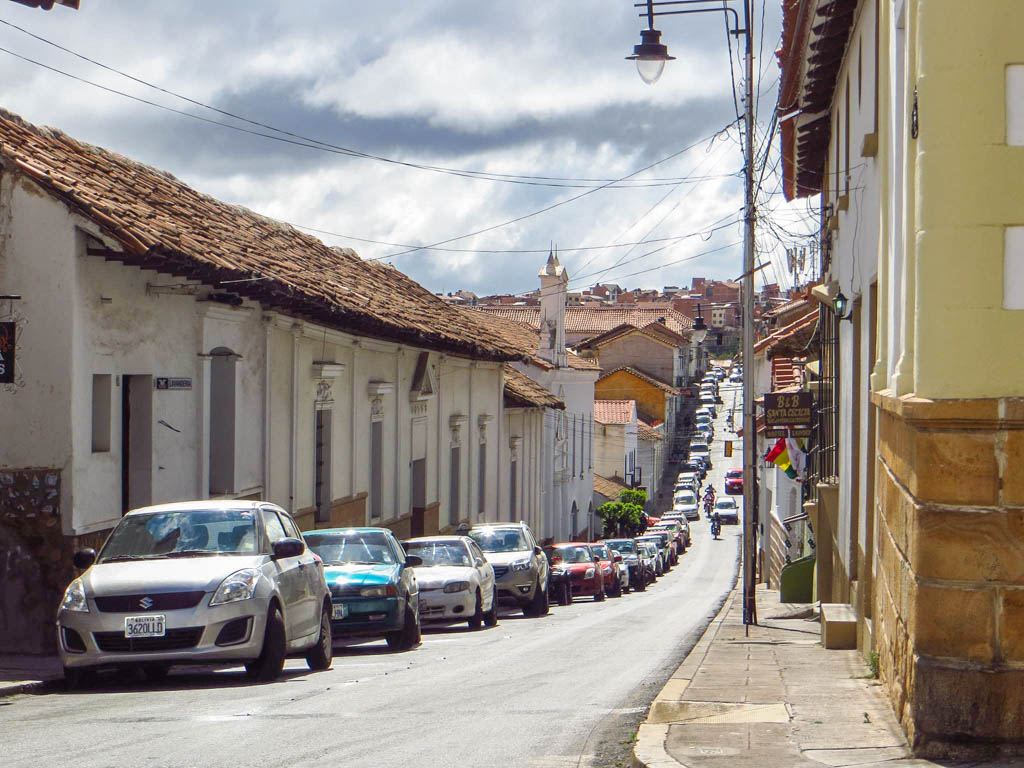
Alcantarí International Airport
Do not be fooled by its name as this airport only services a few international destinations. Namely Sao Paolo (Brazil), Buenos Aires (Argentina) and Madrid (Spain). For other destinations, a stopover in La Paz will probably be necessary.
The airport is located 25KM (20miles) from the city center and can be reached both by taxi or by collectivo (mini-bus). A taxi costs about 50/60B – the collectivo is only 8B but requires a short walk from the airport (they depart at the corner of Avenida Gregorio Donoso and Calle Camargo.
Bus Terminal
The central bus terminal of Sucre is located 2KM from the city center and can be reached for 3-5B by taxi. The terminal services most destinations in Bolivia. Take into account that most roads going out of Sucre are unpaved (except the road going to Potosi and Uyuni, and the road going to the airport) which means bumpy rides – it might be worth paying a few extra bucks on a decent bus company to ensure the bus has good suspension.
Getting Around
As sucre’s historical center is not too big – a lot of destinations can be visited by foot. Sucre is build up quite logical: the streets going from North to South are called ‘Avenidas’, the streets from East to West are ‘Calles’ which makes for easy navigation. If you do get lost- just ask a ‘zebra’ for directions. These are former homeless children that walk around in zebra-costumes and function as traffic agents. They are always happy and smiling. One of the best governments-projects I have ever heard of – and one that certainly cheered up the city!
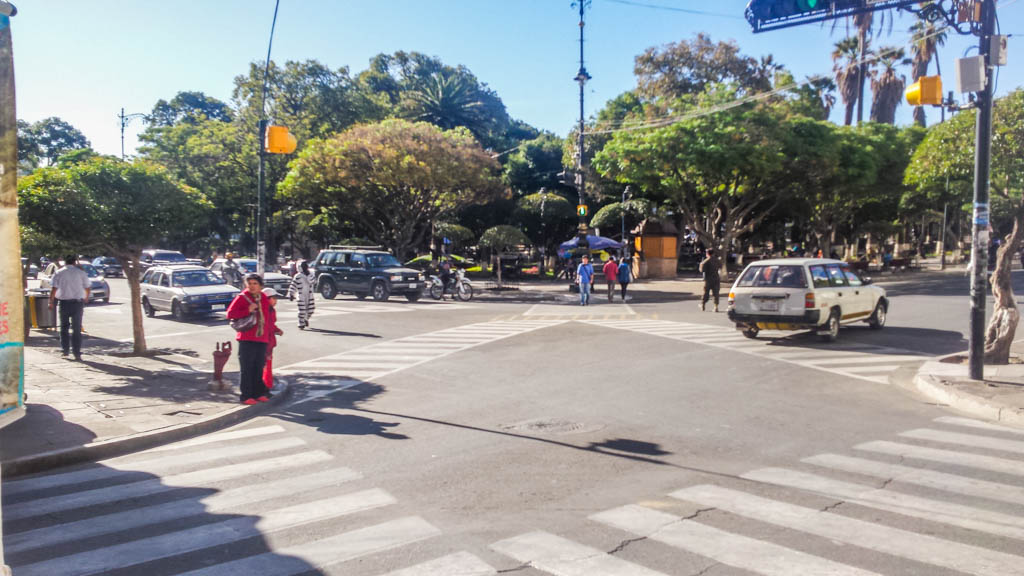
If you are heading out to the smaller villages surrounding Sucre your best bet is either a Collectivo, which are incredibly cheap, or a taxi. Almost every car in Sucre offers taxi-services. Just haul a random car and if it stops discuss a set price up front. Never pay more than 5B for a short ride.
Budget
Sucre is cheap, probably one of the cheapest cities worth the visit in South America. A 1.5L bottle of water costs about 7 bolivianos (€0.80/$0.95), a lunch at a mid-range restaurant about 25 bolivianos (€2.80/$3.20) and dinner 40B (€4.80/$5.50). A large beer (bottle of 660ML) is 30B in a café (20B during happy hours) and a hostel can be found from 40B.
– What to do –
Learning Spanish
The main reason people flock to Sucre is because it is the perfect place to learn or improve your Spanish. Bolivian Spanish is known for its slow pace and clear pronunciation which makes learning a hell of a lot easier. Lessons can be taken/booked at almost every hotel/hostel/tour agency and all offer extremely good value for money. Taking lessons in the morning/early afternoon and using the remainder of the day to explore the city and its surroundings is just the perfect intermezzo for any extended trip in South – America. Many people plan on visiting only a few days but end up staying a week or 2.
Walking around the historical center
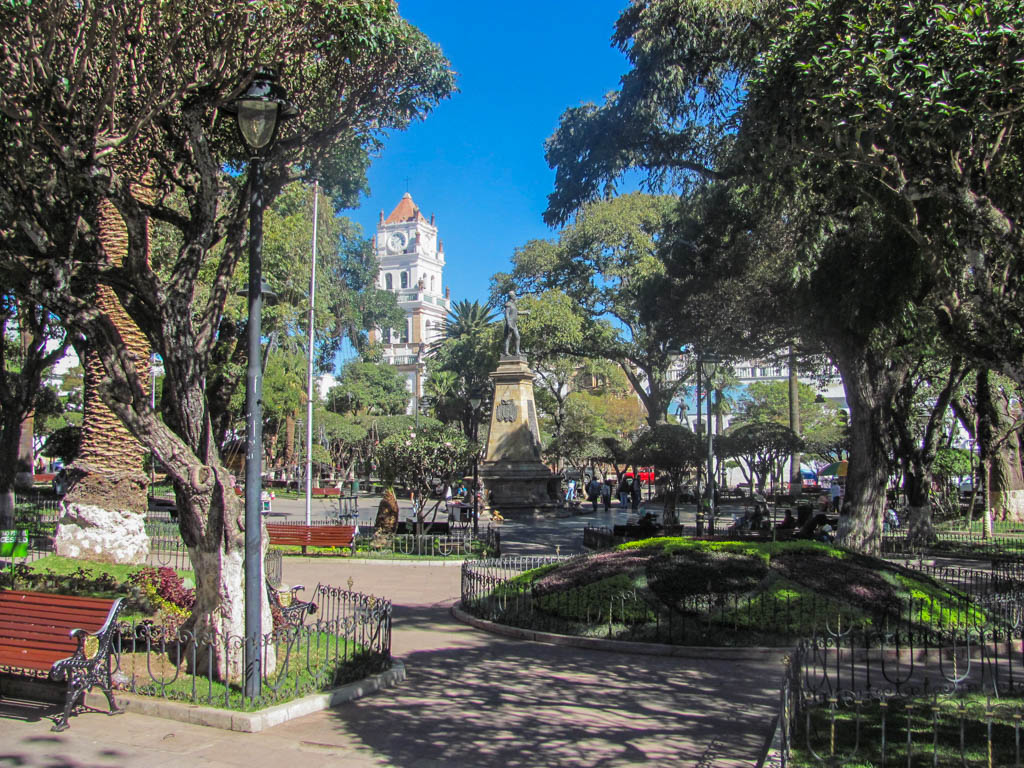
The heart of Sucre is the Plaza 25 de Mayo – a beautiful green park surrounded by old colonial buildings. From here you can just circle out and explore the historical center. A little North-West of the Plaza is the Mercado Central where they sell everything the area got to offer. Check out the Butchery area where they butcher whole sheeps and cows – buy a fresh fruit juice for only a few B and head up to the top levels of the building to have the best cheap eats the city has got on offer (delicious Pollo a la Brasa (fried chicken) for only 10B!). From the Central Market, you can head up further north to the Parque de Bolivar with its miniature Eiffel-tower and if you are up for it walk on to the Olympic Stadium. Do not try to complete the circle but just walk back the same way you came through the Parque as the Stadium is located in quite a dodgy area. From the Plaza 25 de Mayo Recoleta is a short 10-minute walk to the South-East and definitely worth taking the detour.
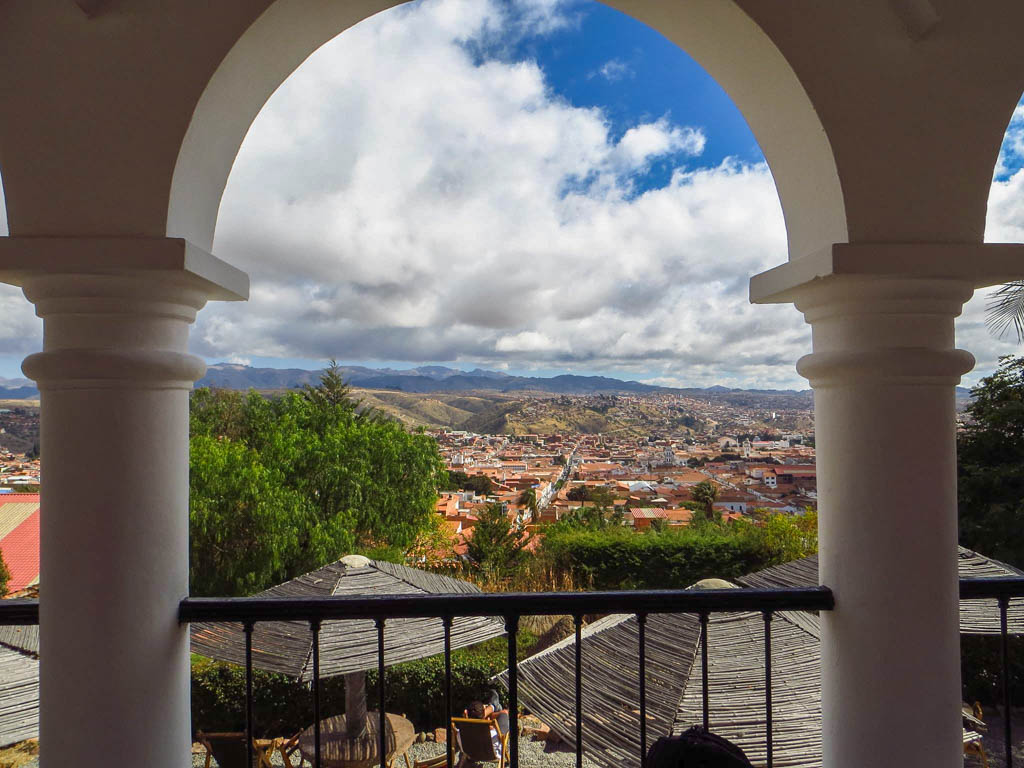
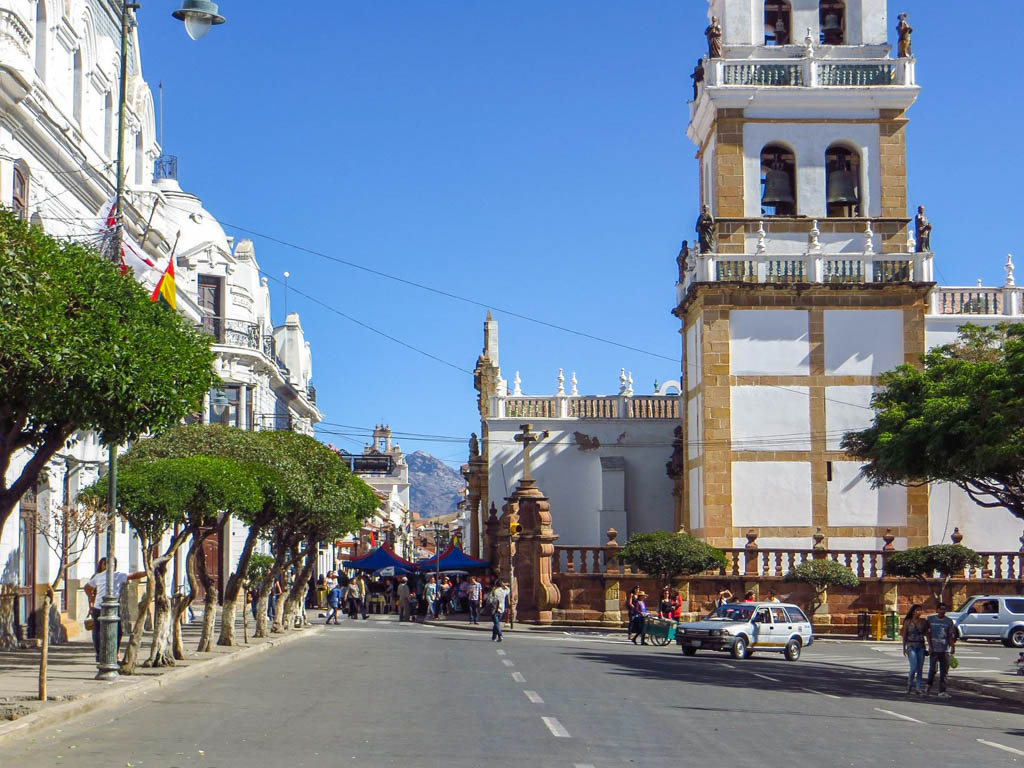
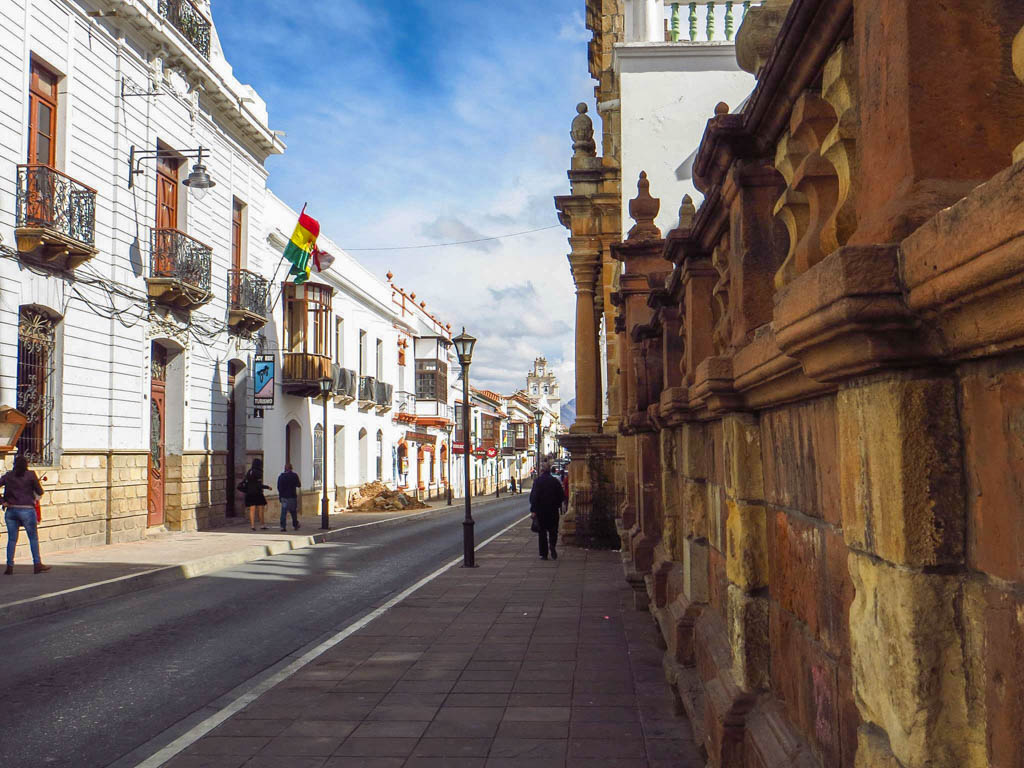
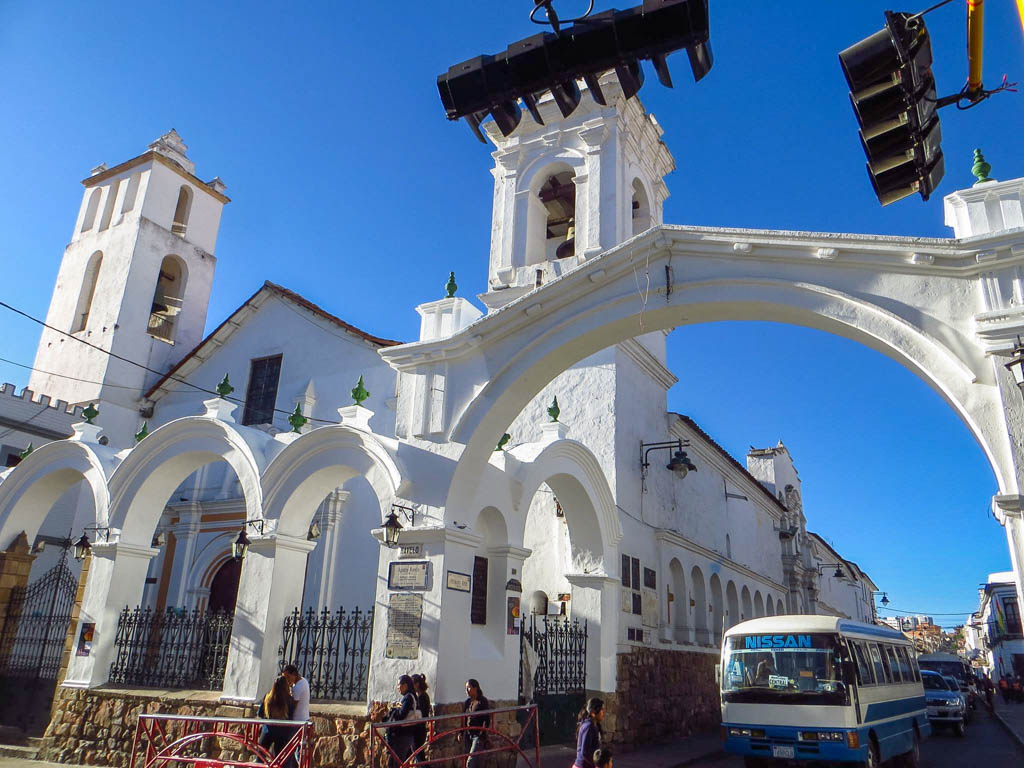
General Cemetary
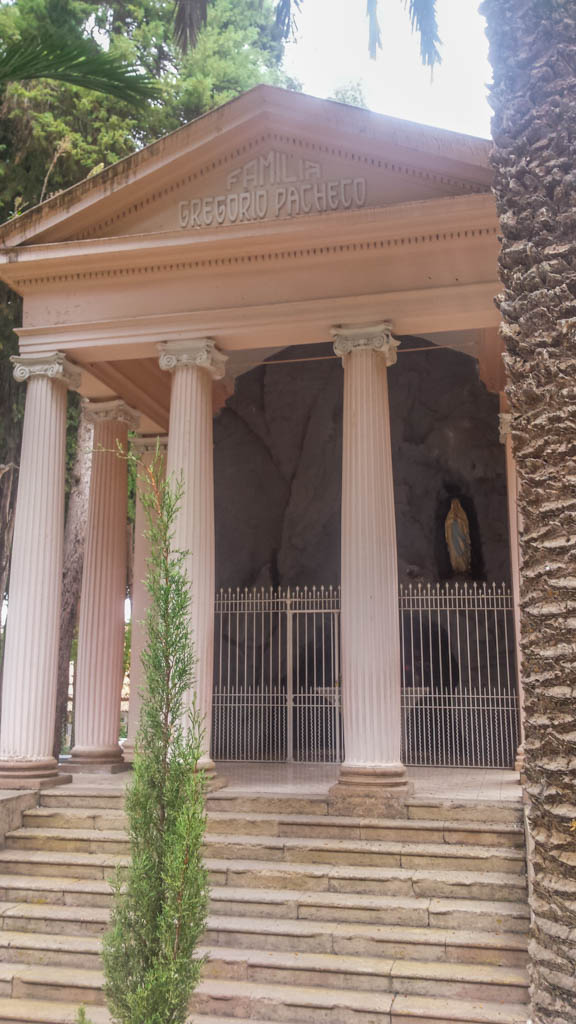
The General Cemetary is located a little further away from the center – west of the Plaza 25 de Mayo. Walking there takes about 25 minutes (going up and down a few hills) but if you like being lazy during your holidays – a taxi is only 3B (after haggling it down). The General Cemetary is not your typical cemetery as the place is used as a park with people coming here to read and relax. Most former presidents of Bolivia are buried here in huge presidential tombs, which are quite the sight. Local youngsters offer guided tours for a few B.
If you walk all the way to the end of the burial place the sad reality of being at a cemetery will hit you in the face, as this is where the deceased children are buried.
Dinosaur Park
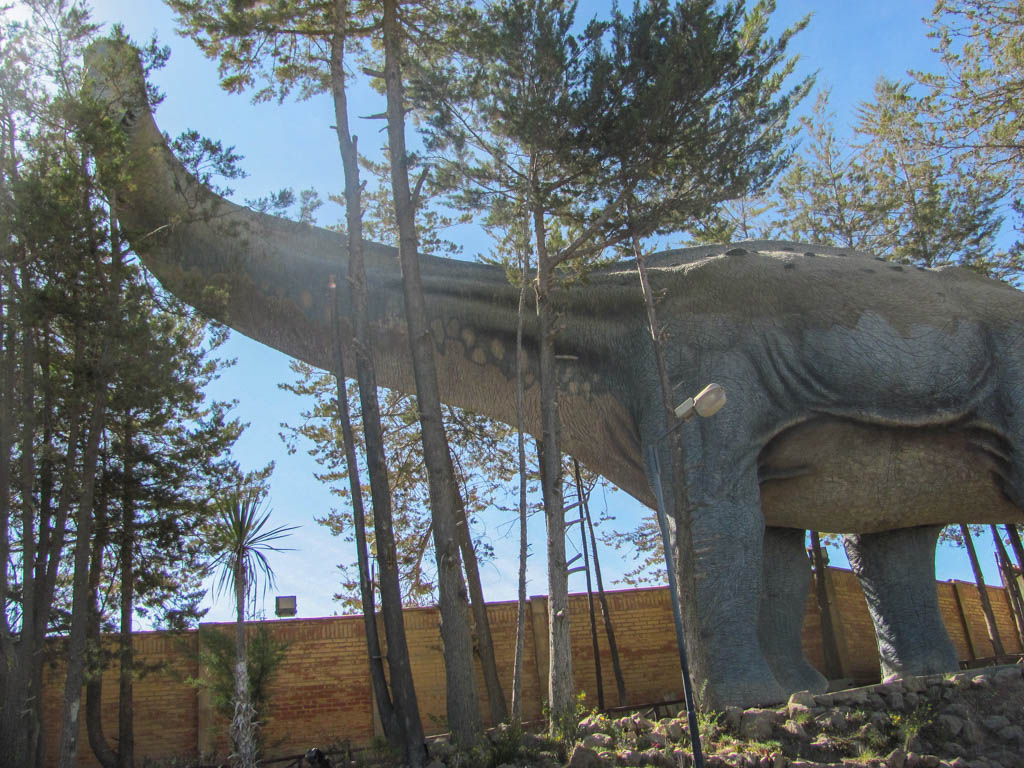
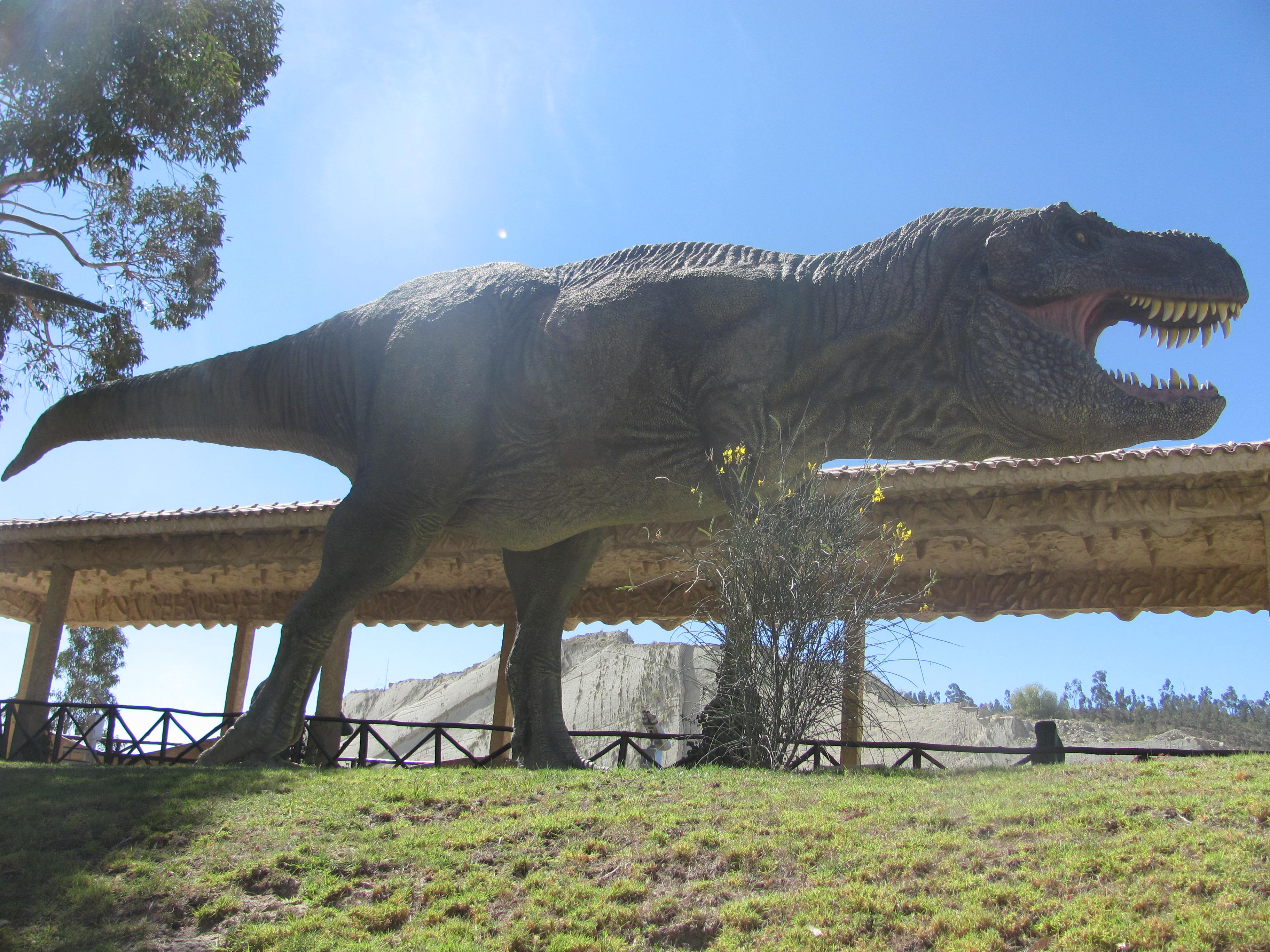
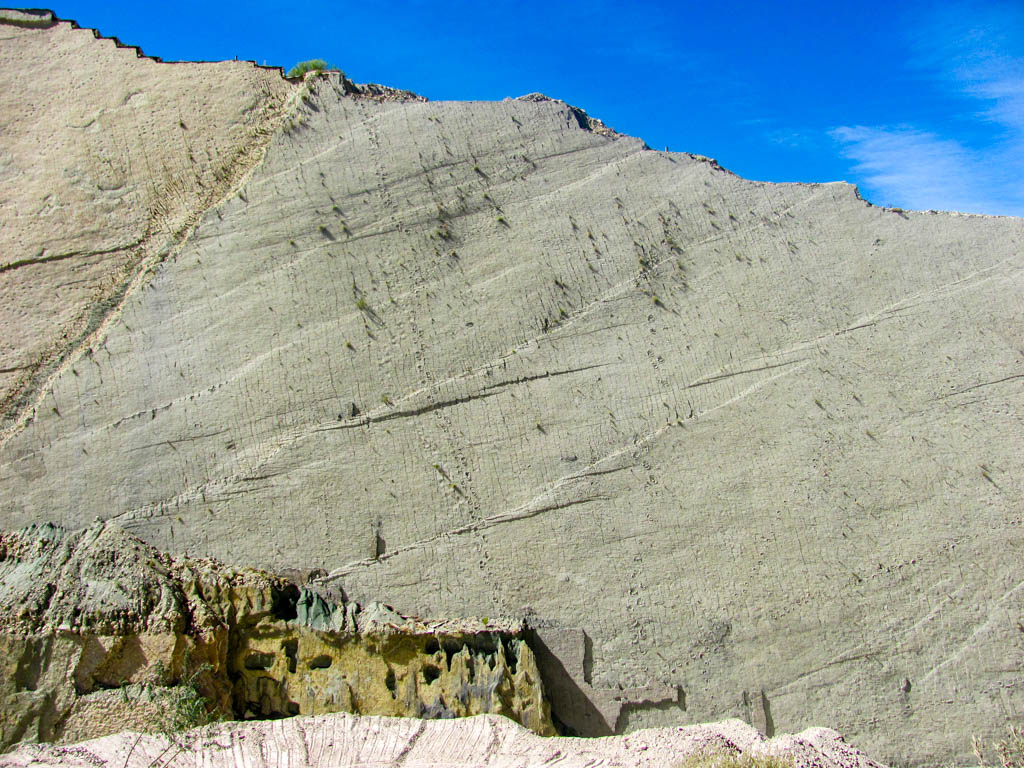
As a child, I adored everything that had anything to do with dinosaurs so when I heard that Sucre has one of the largest collections of dinosaur footprints in the world I couldn’t be happier! The Parque Cretácico can be reached by bus (line 4 from Arenales street at the corner of Junin street – 1 block from the Plaza) which only costs 0.5B (oneway). Do not take the dinosaur-bus from the plaza as it is ridiculously overpriced. The entrance fee to the park is 35B, including a guided tour to the cliff-base from where you can see hundreds of footprints going up the cliffs hundreds of meters high. The guided tours start at 10 am, 11:30 am, 12:30 pm, 2 pm and 3 pm – so make sure you arrive a little bit before that.
The park showcases many dinosaur-skeletons, a few dozen life-size dinosaur replica’s and of course the footprints. Even if you are not that interested in dinosaurs – do not skip out on this one, as the collection really is impressive.
Activities & Surroundings
There are a lot of activities to do in and around Sucre and all at excellent value for money. Think Paragliding, Horseback-riding or visiting Tarabuco Market.
– Eating & Sleeping Recommendations –
Eating
There are a few places I recommend trying out in Sucre for food. Abis Café (at the Plaza) is great for lunch and serves mean icecream as well. The best cheap eats can be found at the top level of the Mercado Centrál but on top of the list has got to be Pueblo Chico. A restaurant mostly visited by middle-upper class locals but which provides excellent value for money. Huge and delicious portions for about 70% of the price you would pay elsewhere (do not expect fancy food – just good meals for good prices). They also have an extensive cocktail list. At Pueblo Chico, we only paid 77B for a dinner for 2 including a large beer and a soda each (that’s €9/$10.50!).
Drinking
Sucre has a few bars/cafés that have a great ambiance and a better happy hour. Joyride Café has great 2-for-1 happy hours (sometimes they have dessert happy hour, meaning 2 desserts for the price of 1) and the cocktails and beers during happy hour at La Viega Bodega are the cheapest in town. The best parties are hosted in the Berlin Bar of the Kultur Berlin Hostel. Looking for a place to party with the locals? Ask around for a karaoke bar after 2 AM. Whatever you do – DO NOT request English language songs and start singing them enthusiastically. The local crowd will not appreciate this and show their disapproval by hauling bottles of beer to the stage. Yep, I learned that first hand.
Sleeping
I stayed at Kultur Berlin Hostel and wholeheartedly recommend it! You pay a little extra (55B a night) compared to other hostels but the vibes are great – the bar is excellent and the beds are comfortable. If you are looking for a social place and still get a good night of sleep – this is where you should go.
Potosi & Visiting The Mountain That Eats Men
Potosi in Bolovia is not a pleasant place to be. It’s cold, at high altitude, the historical center is not pretty and the people are grumpy. But that’s okay because you did not come here to soak up pretty architectural sights, you came to visit the infamous silver mines. And believe me when I tell you that crouching through cramped, dark, dusty tunnels at an altitude over 4500M with 40 degrees Celsius inside the mines, is not for the faint-hearted.
Continue reading “Potosi & Visiting The Mountain That Eats Men”
Salar de Uyuni
Salar Uyuni, the Bolivian salt flats (the largest in the world) has got to be one of the most beautiful and surreal places I have ever set foot. From the mirroring salt flats that make you feel you’re in the antarctic to the surreal rock-formations of the El Salvador Dali-desert. From the volcanic geyser-fields and hot-springs to the colored sulfuric lakes that host large populations of flamingo’s, Salar Uyuni has it all.
Death Road: Bolivia’s greatest thrill
Few roads in the world are considered more dangerous than the road from La Paz to the Yungas in Bolivia, and it got it’s nickname ‘Death Road’ for as reason. Imagine cruising down a narrow bumpy unpaved road at 50KM/H with a steep rock-side on your right and a 1500M+ vertical drop on your left. Mostly without rails and very steep.. If you’re an fearless thrill-seeker, you have come to the right place.
La Paz: the highest capital in the world
La Paz is a wild one. A place where the spiritual world is mixed into every-day life. Where old woman with bowler hats rule the streets and gather respect by wrestling each-other. Where angry farmers enforce their protest with dynamite, llama-fetuses used for witchcraft are traded as easily as fruits or bread and where the altitude will turn the drinking of two beers into your worst hangover ever. La Paz is untamed, rough, dirty but utterly authentic. I loved it.
– Practical Information –
When: Sunny days from April – November so this is when you should go (even though the nights get quite frisky (below zero degrees Celsius!) at this time of the year). From December – March La Paz gets pestered by heavy rainfall, snow- and occasional hailstorms so think twice if you planned your trip in those months. Day-temperatures are fairly consistent throughout the year, about 13 degrees Celsius. Take into account that due to the altitude the sun can feel really hot where shady areas are quite crisp.
In & Out: You can either enter La Paz by airplane or by bus.
Airplane. La Paz’ international airport is located in El Alto, about 14 km from the city center. There is a bus-line but their schedule is really unpredictable and considering taxi’s are dirt-cheap in Bolivia, this will be your safest bet. Just flag a car down by waving vertically when standing anywhere at the side of the road – 1 in 7 cars offers cab-services in Bolvia. Expect paying around 30 bolivianos for the trip. Flights go to all domestic destinations and some international ones. Take into account that you have to pay a departure tax which can cost you up to 25 USD for international flights.
Bus. All buses arrive and depart from the ‘Terminal de Buses La Paz‘. Depending on where your ho(s)tel is you can probably walk to it in 15-20 minutes as it is situated fairly central. You pay a fee for using the terminal, but this is only 2 bolivianos. Buses go to all the bigger destinations in Bolivia plus some crossing the border into Peru (Puno or Arequipa) and Chile.
Budget: Bolivia is cheap, and La Paz is no exemption. Expect to pay 20-40 bolivianos for a dorm and double for a lower mid-range hotel. You can find street-food as cheap as 2 bolivianos (usually a hamburger with fries or some fried meat and potato on a stick) and will be hard-pressed to pay more than 20 for a 3-course meal in a local restaurant. Bolivia on 30 USD or EUR a day? Easily.
– What to do in La Paz –
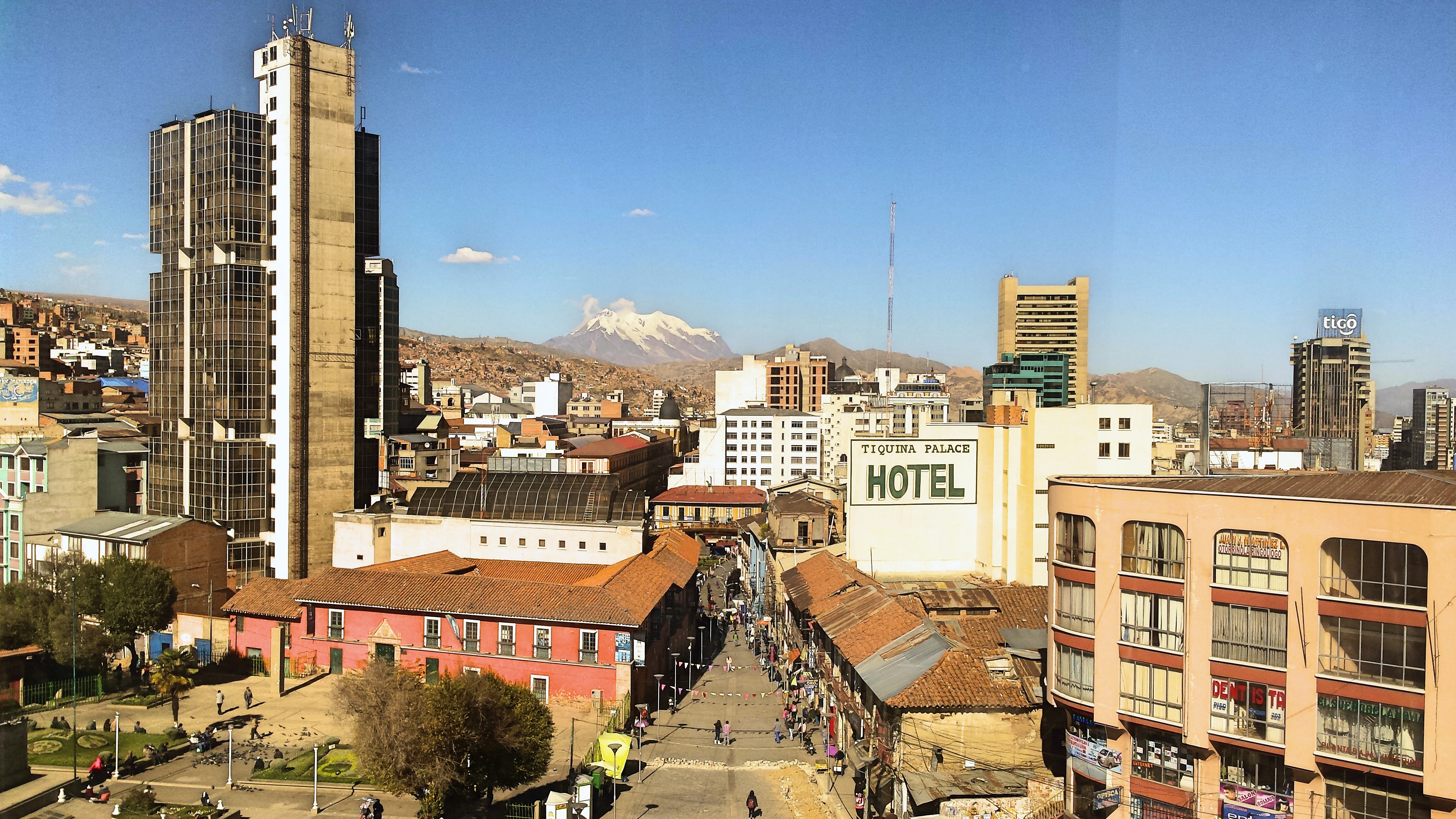
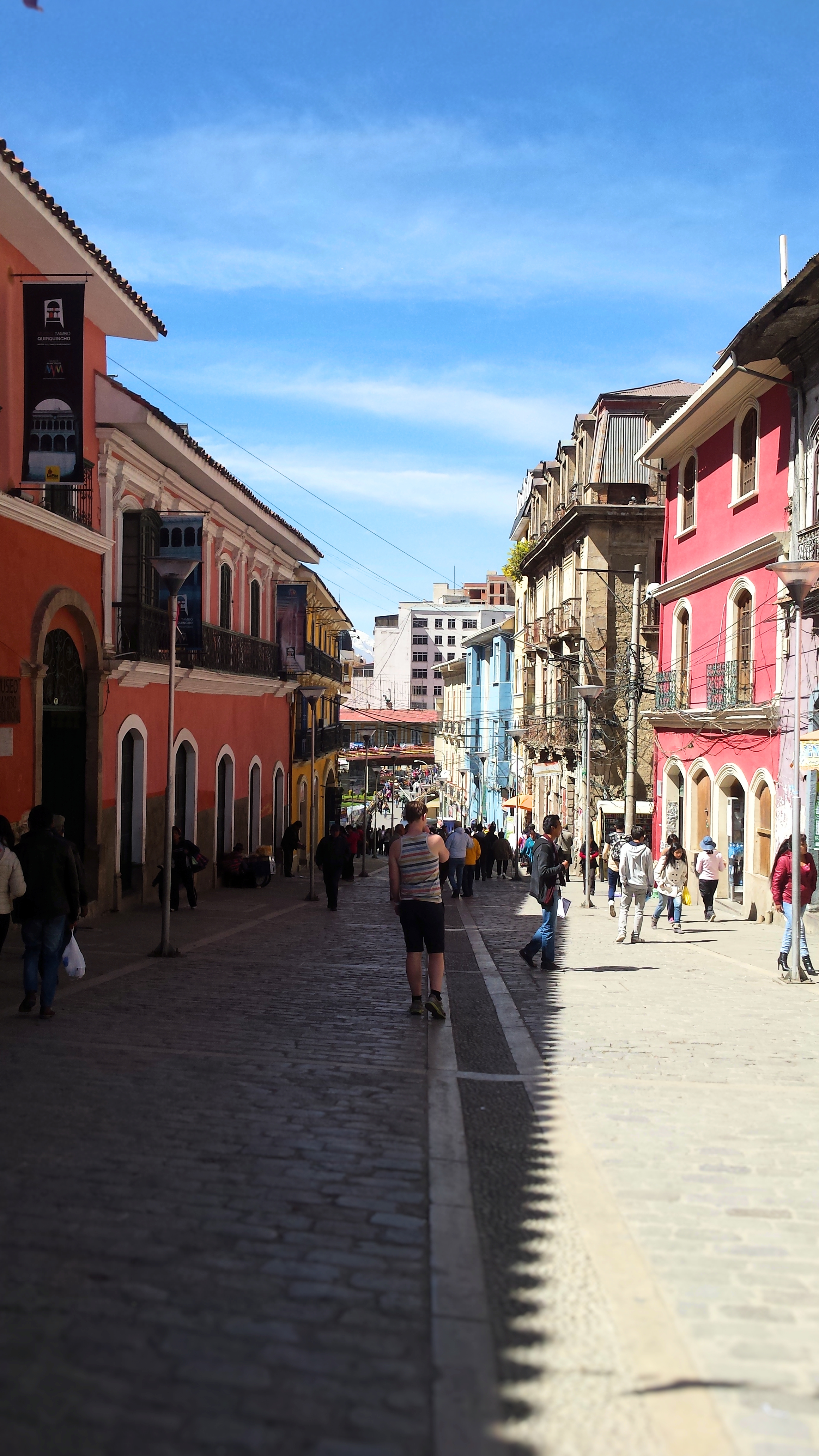
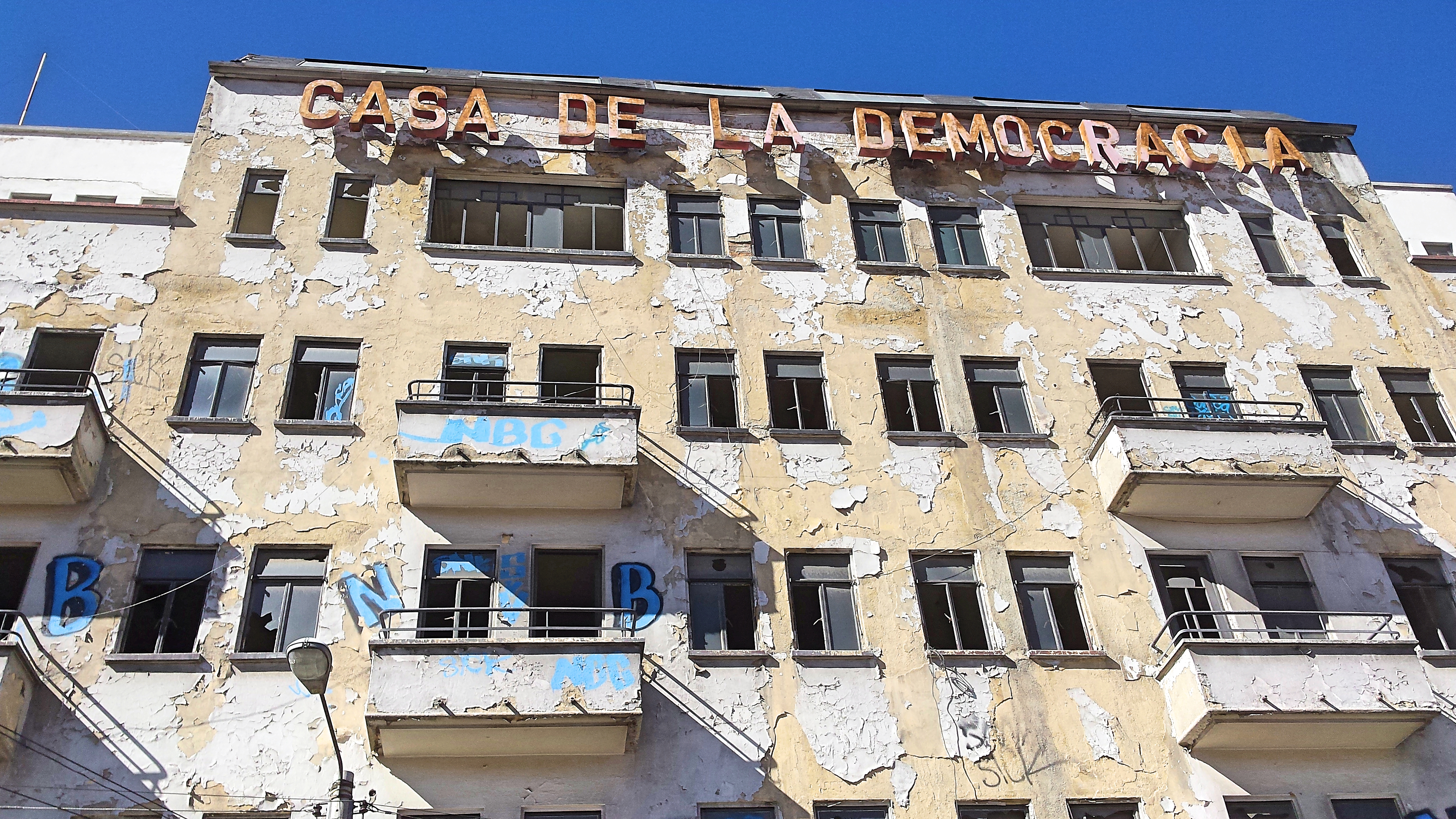
Arriving into La Paz by bus is spectacular, as soon as you cross the last mountain-ridge you will be struck by the impressive sight of a city build-up against steep mountain-ridges in all directions with an elevation-difference of over 500 meters. The streets are so steep that the easiest way to get to the suburbs is by cable-car. The lowest point of the city is situated at an altitude of 3600 meters and therefore it is often called the highest capital in the world, even though Sucre and not La Paz is the official capital of Bolivia.
The best way to explore La Paz is by taking a walking tour and the Red Cap Walking Tour is an excellent choice. It used to be free (tip-based) but due to regulations they had to change that and now the tour costs 3 USD. The guides are fun, speak English well and the tour includes a free Pisco-sour. La Paz is not a city with beautiful architecture or impressive sights to visit so it wouldn’t make much sense to go into detail on that aspect in this article.
La Paz has to be one of the most authentic places I’ve ever visited, even though it receives a healthy influx of travelers. Its rough, dirty at times, under-developed for sure and the people aren’t that friendly but the city lacks all pretense, is utterly sincere and has as local culture that is very district from Modern Western culture. Old woman called ‘Cholitas’ heavily influence every-day life here almost like mob-bosses. They have a set turf and usually own a couple of hotels, restaurants and a few fruit-stalls. People do not only come to their stalls for fruit but also for advice on all matters and getting your fruit from another stall (and thus from another Cholita) is considered close to treason (these relationships pass on to the next generation!). I was very sceptical when I first heard that these Cholita’s wrestle each-other to gain respect. But it quickly turned into amazement when I found out it was not a touristic act but an actual thing. Strong woman (in all aspects) receive massive respect and the best way of showing that (here) is by wrestling.
A few places you should pay a visit to are the San Pedro Prison (next to the San Pedro square – where the Red Cap Walking Tour starts) which some people actually enter by bribing the guard (very dangerous, illegal and not something I recommend doing!). The children and wives of the prisoners are allowed in and out and the prison is divided up into different apartments that come at different price-ranges. If you can afford it, life in this prison does not have to be all that bad. The Hechiceriá is the ‘witch-market’ that is famed by many. I wasn’t impressed. Do not expect a full-fletched market: it are just three street-stalls that sell strings of garlic, charms in a bottle and fetuses in glass jars. The cool thing is that local people actually buy these wares.
Cholita Wrestling
So not only is Cholita wrestling a real thing, you can actually go and see it. The best wrestlers are considered local heroes that draw massive crowds to the arenas of El Alto (a chaotic city that merged with the suburbs of La Paz and gives host to the airport). The scene can be quite rough so I do not recommend going solo, but if you accompany yourself with a few other travelers you will be fine. Alternatively you can book a tour for an accompanied visit, but for me this felt a bit too much like paying for a babysitter. Be prepared for crowds that go absolutely insane and wrestlers that at times jump out of the arena, kiss you full on the mouth and then jump back in to continue the match. In Cholita Wrestling, nothing is out of the ordinary.
Taking the Cable-cars
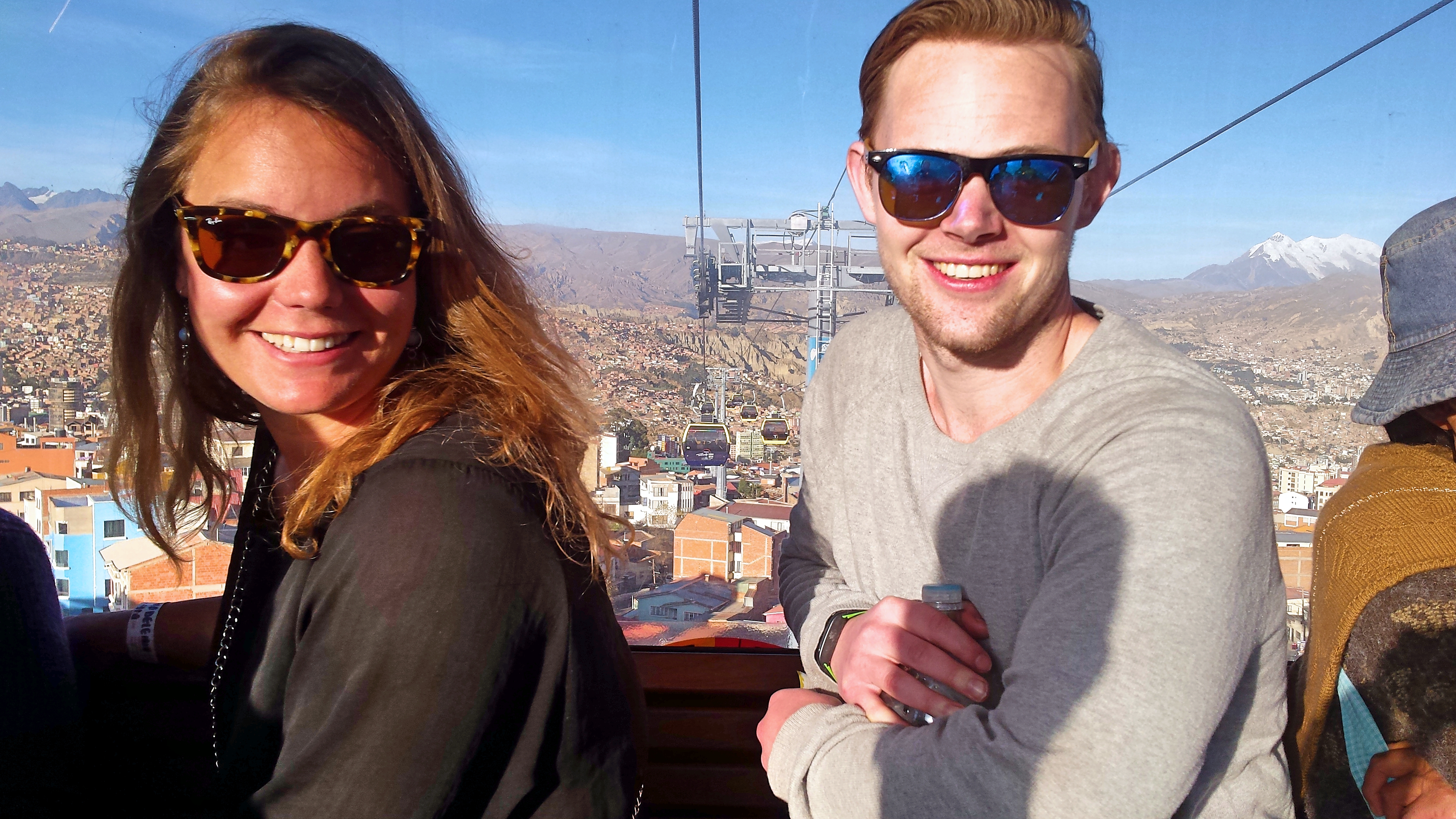
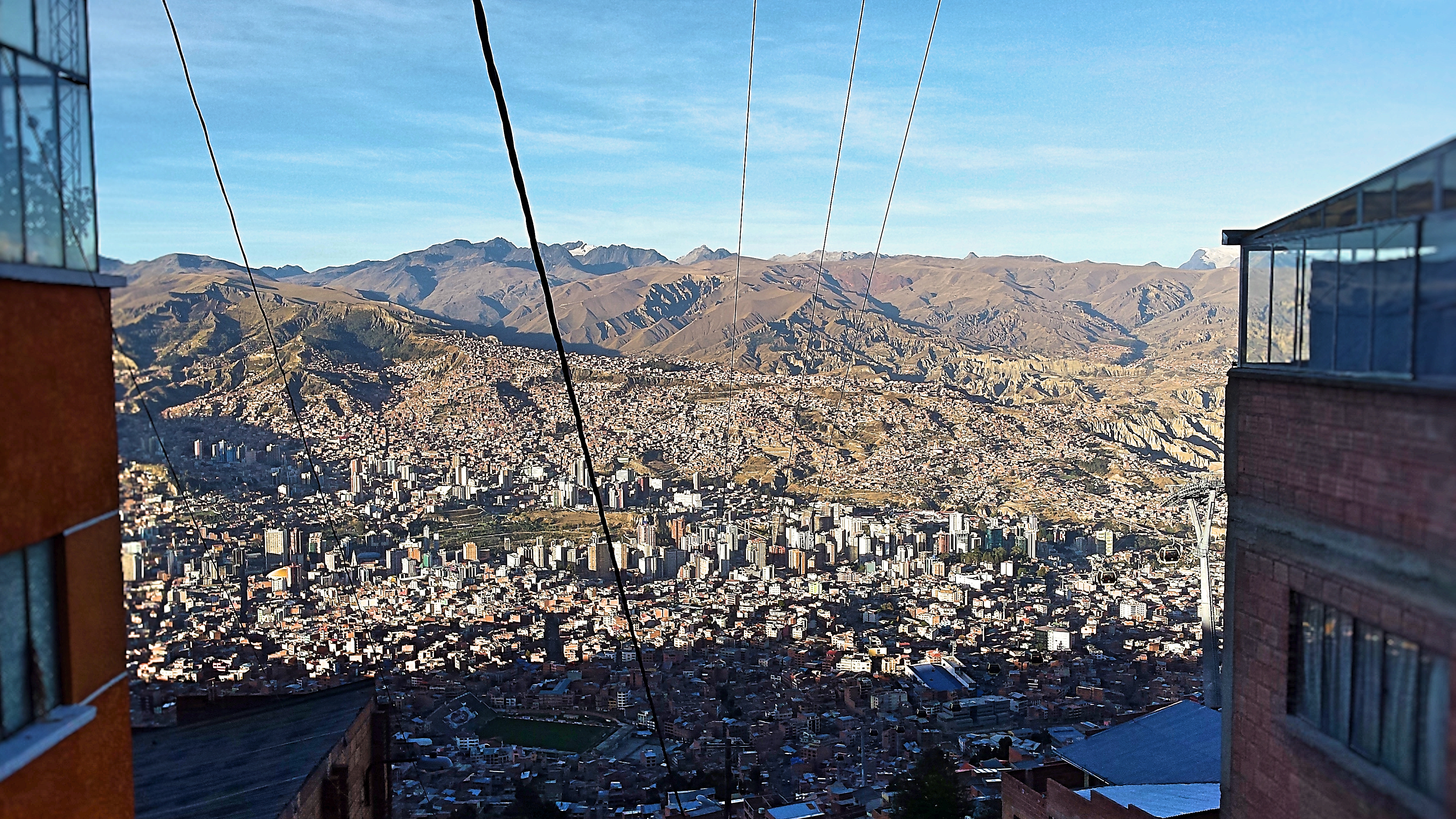
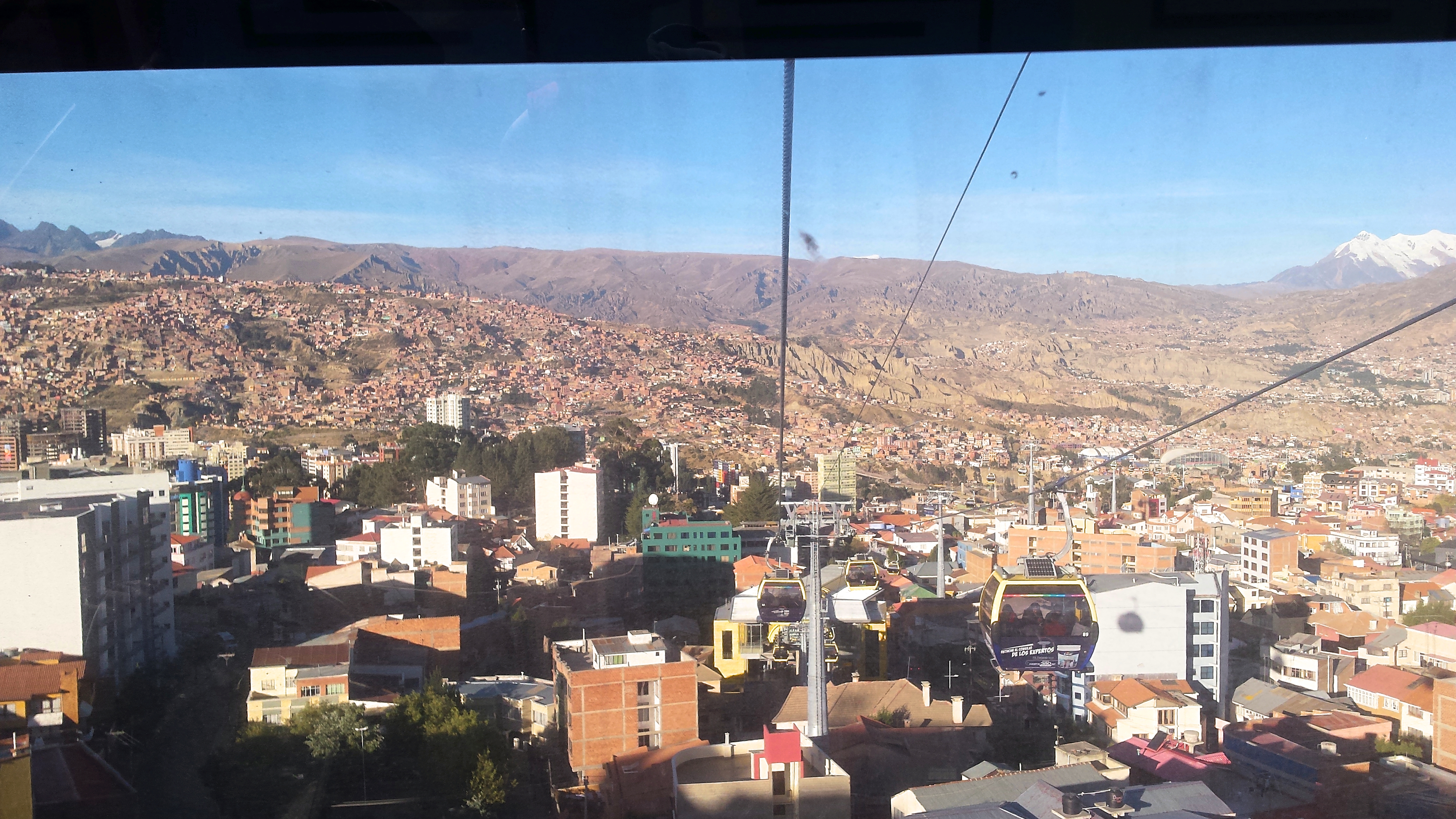
The Cable-cars that stretch to all the suburbs of La Paz are part of the public transportation system and therefore utterly cheap. You pay 3 bolivianos for a single 3 KM ride on the trajectory that takes about 10 minutes. Slowly rocking over the roof-tops watching the sun decent behind the mountain-ridges is the perfect way to spend a late afternoon (but bring a sweater!).
There are 3 main lines, the Red, Yellow and Green line. I took the Yellow and Red – which were recommended to me as being the most scenic routes around. The destinations aren’t really something, so after walking around for ten minutes and snapping a pic from the top that is slightly less awesome than the ones you took from within the cart you’ll probably wanna head straight back down. The cars continuously run between 5AM and 10PM every day. Check the schedule below to find out from where they leave (easiest to take taxi to the start for approx. 5 bolivianos).
| Line | End-terminals | Lenght | Travel Time | Stations |
|---|---|---|---|---|
| Red Line | Estación Central – Jach’a Qhathu | 2.4 km | 10 min | 3 |
| Yellow Line | Libertador – Qhana Pata | 3.9 km | 14 min | 4 |
| Green Line | Irpavi – Chuqui Apu | 3.7 km | 17 min | 4 |
Death Road, the Yungas and Trekking
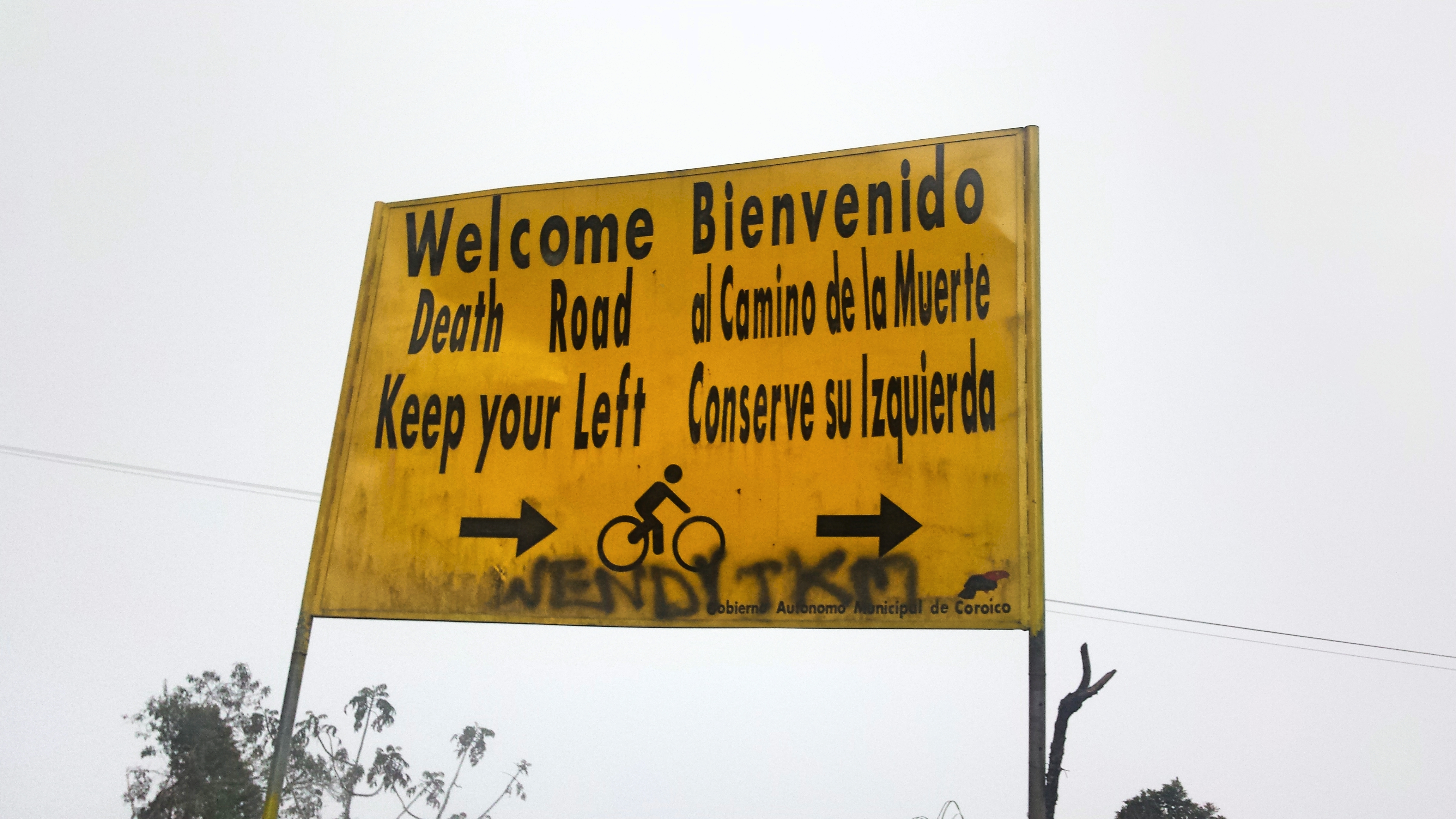
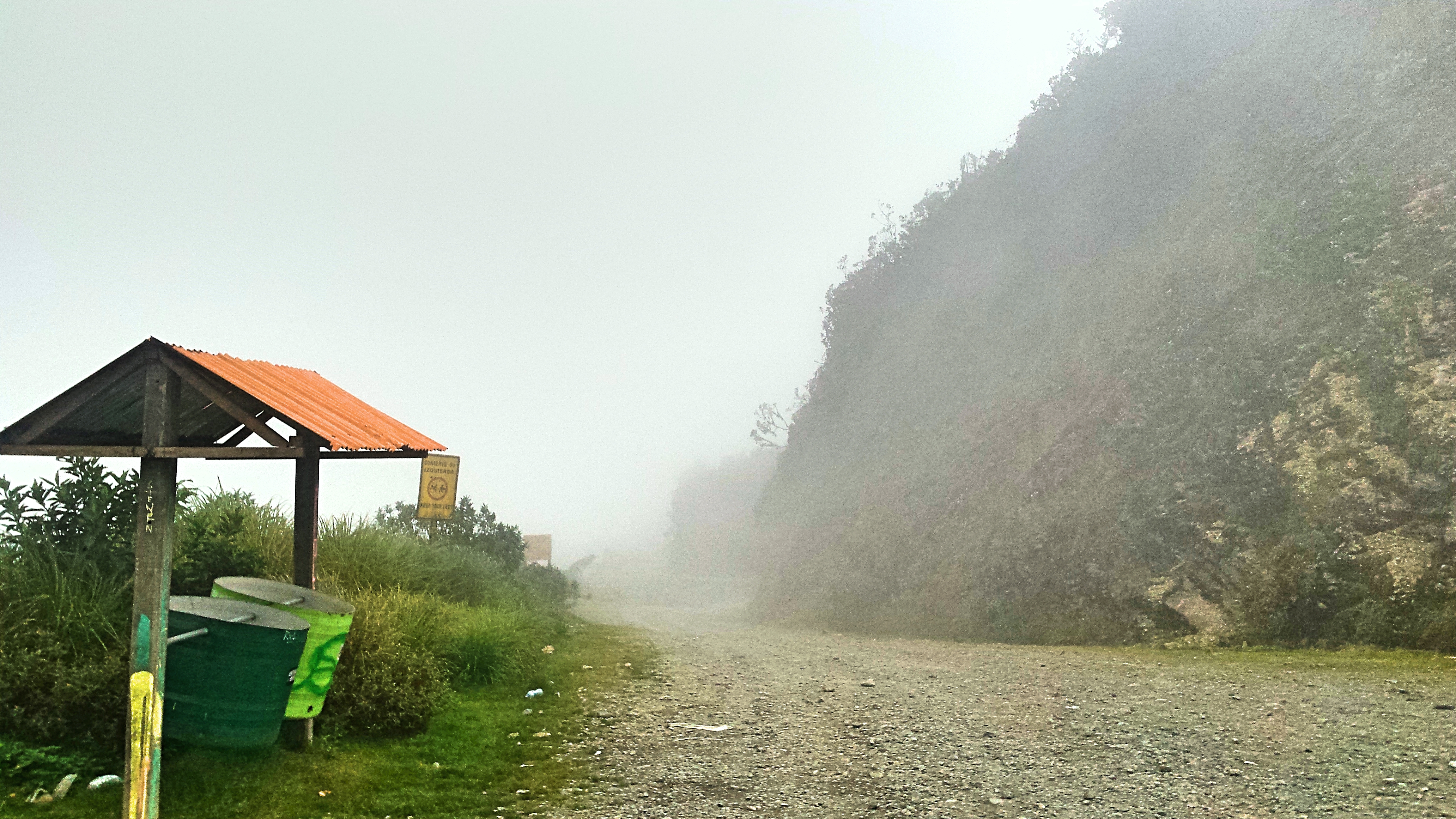
One of the things that any adventurous traveler MUST do when in La Paz is down-hilling Death Road. The road used to claim hundreds of lives every year – hence the name – but after a tunnel for industrial traffic opened, the numbers dwindled. Nowadays it is mainly used by down-hill bikers braving the dirt-road that swings along deep ravines with hairpin turns and the occasional wet-crossing. The down-hill ride is a massive thrill, however the danger is still very real! Every year a few people go over the edge and rarely survive it. I met a couple of travelers that broke their wrists or elbow on this route. Do not book with the cheapest company you can find to avoid going out with crappy gear and stay cautious, especially if you are an inexperienced biker. Next week I am writing a whole article about Death Road along with recommendations and the like. I’ll put a link here as soon as it goes online!
The Death Road route ends in the Yungas, where the Andes meets the Amazone. The Yungas are also the gateway to Rurenabaque from where you can explore the Bolivian parts of the Amazone-jungle. You’ll have the option to continue onwards after your ride instead of traversing back to La Paz. You can go by bus or by boat. The boat takes 3 days but is well recommended as the bus-ride has a real bad reputation. The road-conditions are very bad, the drivers often drunk and the ride takes approximately 18 hours. There are also occasional flights to Rurenabaque from El Alto airport.
La Paz also is a great base to use for trekking and mountain-climbing in the area (El Chorro is quite popular) however if you are not carrying your own gear and lack experience you might be better of trekking and mountaineering around Arequipa or Cusco in Peru as the industry and the routes are rougher and less developed here. Good gear and guides are hard to get by and may come at a (for Bolivian standards) steep price.
– Eat and Sleep –
The Bolivian isn’t the best of cuisines and if you are looking for fine dining you’d be better off in Sucre than in La Paz. Try the Mercado 16 de Julio (the biggest market in La Paz) for delicious fried chicken (‘pollo‘) and Avocado-Sandwiches (‘Sandwiche de Palta’). Great lunch-time Empanadas with all kinds of filling can be found around the Plaza de Estudiante (near the San Pedro Prison) for only 1 or 2 bolivianos each.
The most luxurious hotels in La Paz offer oxygenated rooms which can be incredible comfortable but not really necessary if you acclimatize properly. If you are feeling sick from the altitude these hotels are also able to help you with some oxygen from small tanks. Casa Grande is generally considered as one of the top-hotels in La Paz. Incredibly charming and still quite luxurious is the boutique Midtown La Paz hotel.
The best places to meet other travelers and save a few bucks however are of-course hostels. There are two stand-outs in La Paz which are Loki La Paz and the Adventure Brew Hostel. Loki offers comfortable beds and an awesome bar overlooking the city. The manager and team are great fun and Loki’s bar is definitely where the party is. The food served here is also good but heavily over-priced. A night at the Adventure Brew Hostel comes with a complimentary home-brewed craft beer but this of course is calculated into the price. This hostel combines a hostel with a B&B making it ideal for couples that want to meet other travelers but also like the privacy of a private room in a slightly quieter environment.
